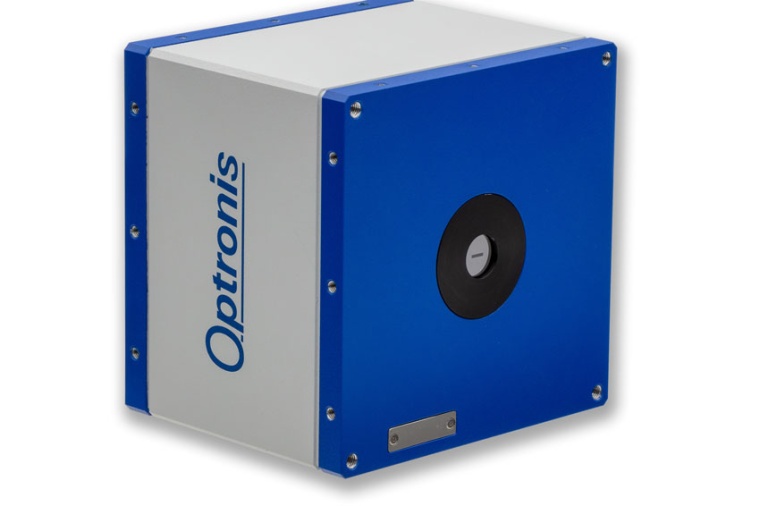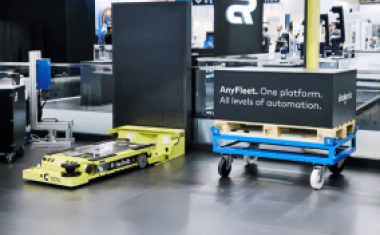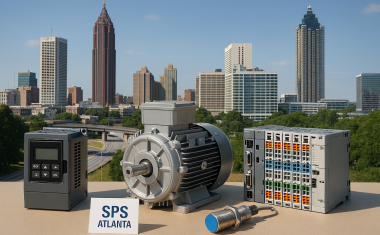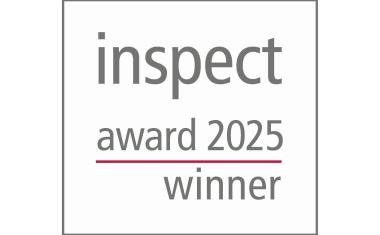Streak cameras allow measurements of optical phenomena in the range of pico-, up to femtoseconds. Conventional streak cameras based on vacuum tubes are not only cost-intensive, but also sensitive in terms of their handling. The all-new semiconductor-based S3C-1 model from Optronis is expected to bring a whole new level of cost, robustness and application to streak technology.


The application fields of the S3C-1 are in detonics, plasma research, microfluidics or even the analysis of fast micro movements (MEMS). Due to the robustness, the small dimensions of 12 × 12 cm and the weight of less than 2 kg, the camera can also be used in areas that are denied to tube-based cameras.
Optronis CEO Dr Patrick Summ, says: “Optronis wants to use current semiconductor technology to be able to cover applications with this streak camera that could not be economically served with conventional streak cameras. This camera brings innovation to anyone involved in the study of fast physical phenomena. Our goal is to be able to offer this global innovation at an attractive cost.”
Compared to tube-based streak cameras, the S3C-1 is more compact, more robust and less expensive. Also, measurements are now possible where no suitable trigger signal was previously available. A time window of 100 ns to 10 ms can be selected for acquisition. The time resolution is close to 1 ns.
Like tube-based streak cameras, the semiconductor-based S3C-1 detects light changes along a line. This is 65 µm wide and divided into two hundred elements along its length of 5 mm. Each element consists of a sensitive photodiode with a downstream amplifier. The brightness values are sampled and stored temporally at up to 2 GSamples/sec. Software is available to control the camera and analyze the measured values.
A new and special camera feature is the continuous recording. This makes it possible to record events where exact temporal information about their occurrence becomes available only after they have occurred. This ‘post-triggering’ simplifies or allows only certain applications.
The S3C-1 has been presented at SPIE Photonics Europe, Strasbourg, and will also be shown at the Laser World of Photonics, Munich, April 26 – 29, booth A6.108.
Company
Optronis GmbHLudwigstr. 2
77694 Kehl
Germany
most read

Agile Robots takes over Idealworks completely
The company has acquired the remaining shares in the BMW Group spin-off and now holds 100 percent of the company.

A New Era of Smart Manufacturing Begins
The inaugural SPS – Smart Production Solutions Atlanta starts soon, marking a significant milestone in the evolution of the SPS brand.

United Robotics Group restructures
The company focuses on the healthcare industry and innovation.

The winners of the inspect award 2025
This time, with two additional categories, “SMEs” and “Artificial Intelligence,” the selection was even larger than usual. But now they have been chosen: the machine vision products of the year 2025.

B&R products now available in Europe through RS
B&R has entered into a strategic partnership with RS to distribute B&R products through RS's online and offline channels.





